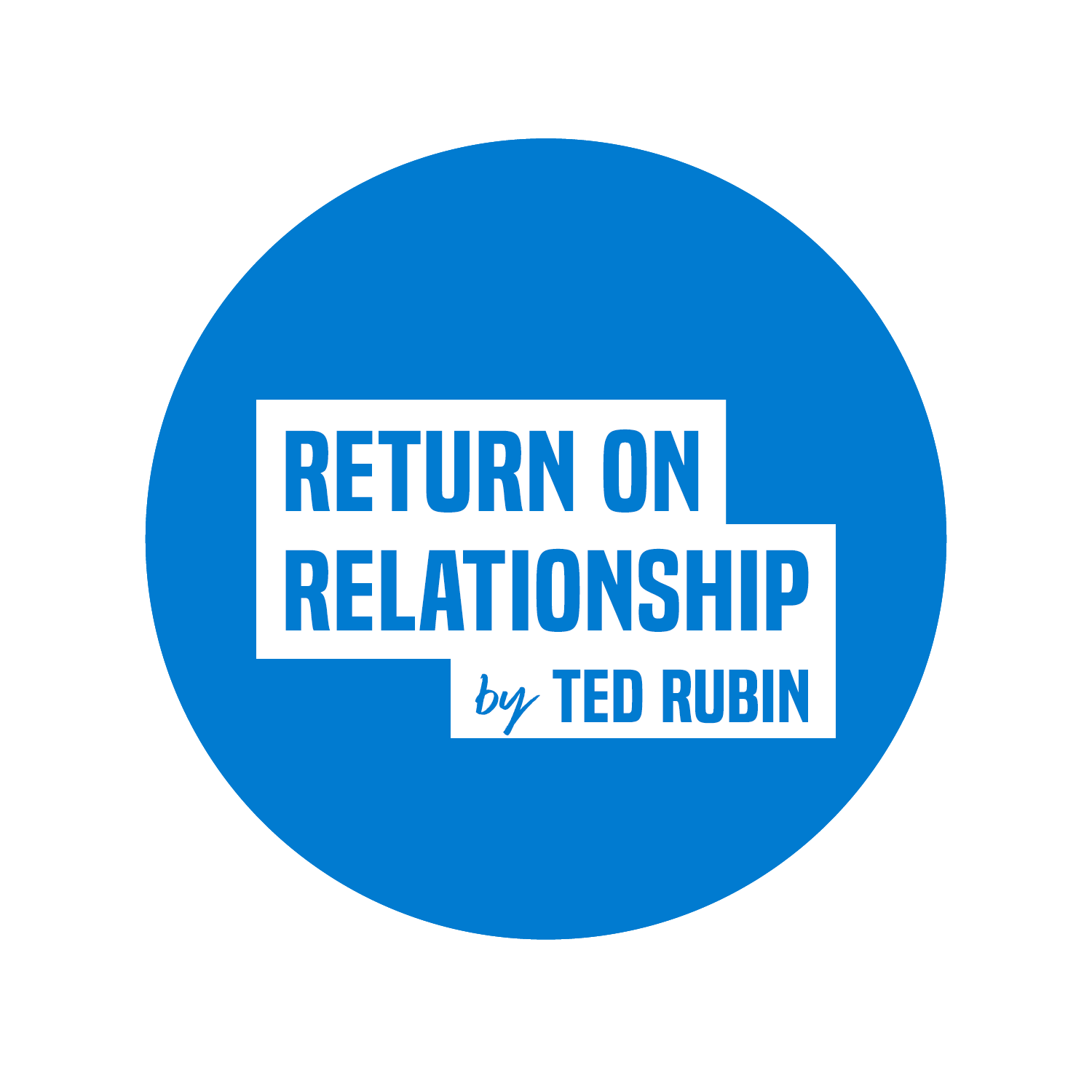First Party Data Is All That Matters Now ~via @Katadhin
As data goes, nothing beats the first party kind. Good, old-fashioned direct relationship data. Sure, second and third party data SOUND attractive especially combined with all manner of smart technology to optimize and perfect the marketing dream of delivering the right message to the right shopper at just the right time. (Here’s a helpful guide from retargeter.com (lol) if you’re not super sure about the difference) It’s the holy grail of communications that has been drilled into every marketer’s head since their first comms 100 class. Plus, first party data is hard. It requires diligent work, analysis and empathy for the folks that make up brand loyalists. Properly cared for, these folks will do amazing marketing for a brand. Think Harley, Apple, Disney, REI and any brand that people avidly share about. Secondary data sounds like an amazing path to growth. Identify those most likely to be brand supporters and add them into that first party group.
Great Brands Have A First Person Relationship, Not Outsourced Data.
While this sounds great in theory, secondary data has devolved into a simplistic selling tool for many brands. Look no further than your inbox or the endless litany of retargeting ads that stalk you around the internet often for things you already bought or had simply searched or even just touched in some tertiary digital way. ‘Smart’ media, ‘Deep-learning algorithms and the over-hyped AI bandwagon have become painful for shoppers. These systems all have basically the same data... loads of second and third party information that when compiled, becomes much the same. The approach sounds so promising, however, because almost all brands are using that same pools in one way or another, the volume of craptastic messaging being shoveled daily is burying and annoying shoppers in a desperate attempt to get them to buy something. This is all made worse because of lack of creating a single customer vision across multiple vendor-supplied systems. The good news is (lol), the systems are so smart that at a minimum, 1/3 of all digital advertising is fraudulent, never seen by an actual human. Unfortunately for brands, robots don’t eat too many cheeseburgers.
Every Communication Is Not A Sale!!
Look at brands that are thriving today and you’ll see a pattern. Great modern brands have direct relationships. Think Dollar Shave Club and Harrys that combined have captured almost 20% of the razor market. Nespresso which has created a complete coffee customer loop from farm to recycling. Amazon which has become the default for shopping by mapping its customer’s behaviors and removing shopping friction... "Simplicity is the new EDLP." All have a single common denominator, a clear view of who is buying their products along with the 'when and why’ of purchasing. Using these rich and original data pools, first person brands are building moats to protect and extend their brands while their competitors resort to deeper discounting, deals and promotions... the hallmarks of old-marketing. If you sell me a good product, create a great experience, and consistently deliver, there is no need to give me a discount to get me to buy.
Meanwhile, many brands have upped the ante on push-based media in order to continue delivering the conversions. Predictably, response levels continue to fall as the laws-of-physics for attention don’t change. We’ve been to this movie before. Email, banners, pop-ups etc, etc, etc. all decline to infinitesimal levels of response and engagement in a mind-numbing explosion of messaging overload, most aimed at immediate conversion. Cue the one night stand comparisons. Most of this behavior is driven by the fact that for many brands, there is no other choice. The view of the customer is limited to an unhygienic email list, and maybe a text number, but primarily relies on secondary data. Despite what any provider says about their data or tech stack, it’s all the same in the end. Brands are warring over the same shoppers with little to no advantage so the default response becomes volume. Plus, all the hands in the cookie jar have a monstrous impact on the amount of brand spending that actually results in reaching any live humans. Working media, isn't working.
Shoppers are in an on-demand, and as needed mode, and marketing must begin to reflect this better. First Party Data closes the loop and serves me an ad for something I’ve already purchased. It closes the loop to not send me an email daily. It closes the loop to accurately predict shopper behavior based on actual shopper behavior, not smart intuition. First Party Data helps build relationships though decision support content and after sale, service, and support. First Party Data is surprise and delight on a birthday or anniversary. Third party data is an ad. The reliance became obvious as everyone had a collective freakout about GDPR regulations and dusted off their old email lists as access to spammy data dipped. Suddenly I received emails from brands I hadn’t heard from in years. To add insult to injury, most were seeking to, you guessed it, sell me something.
How about we date a bit first?




